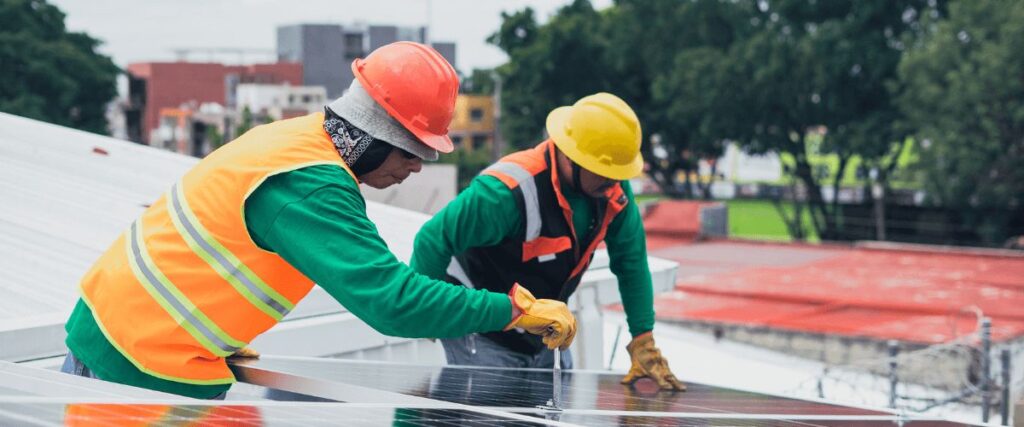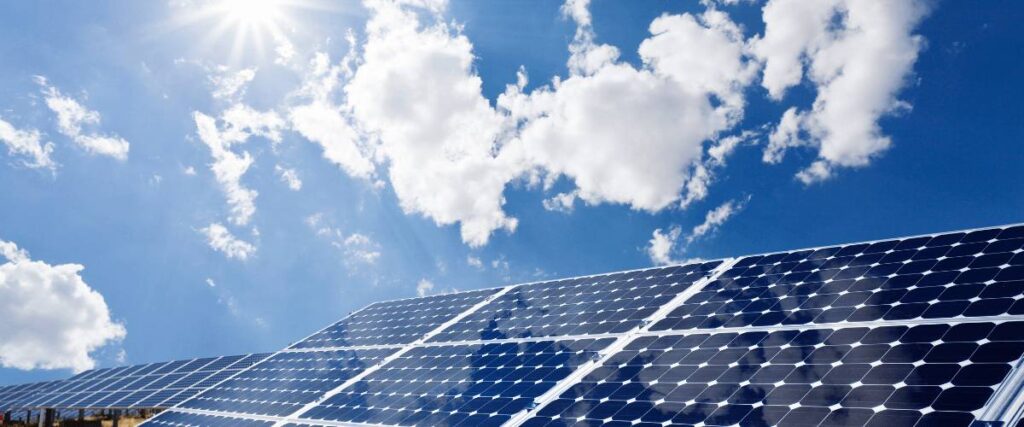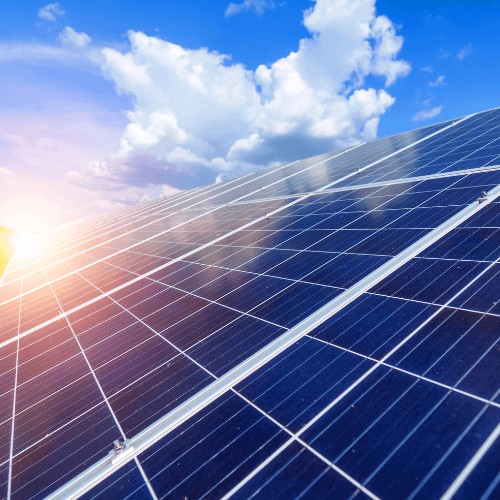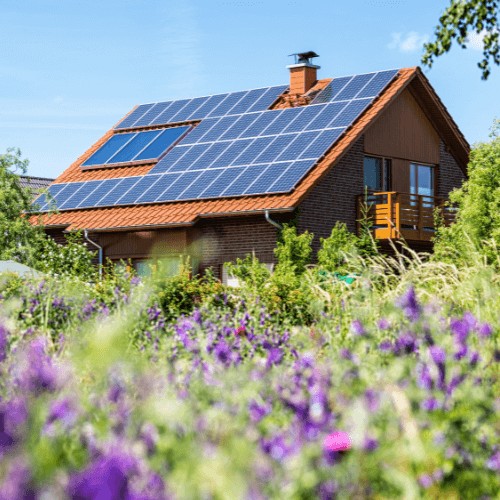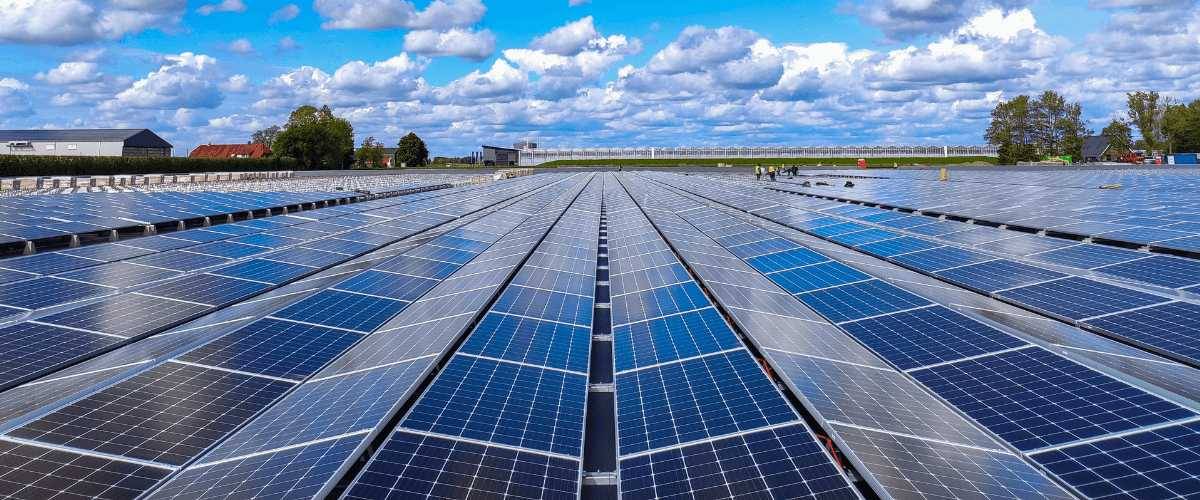
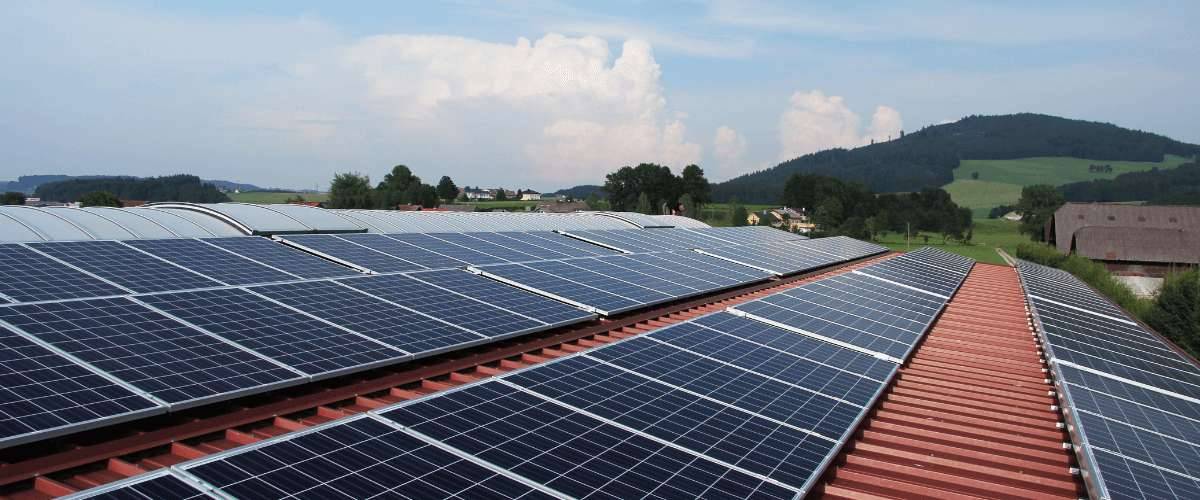
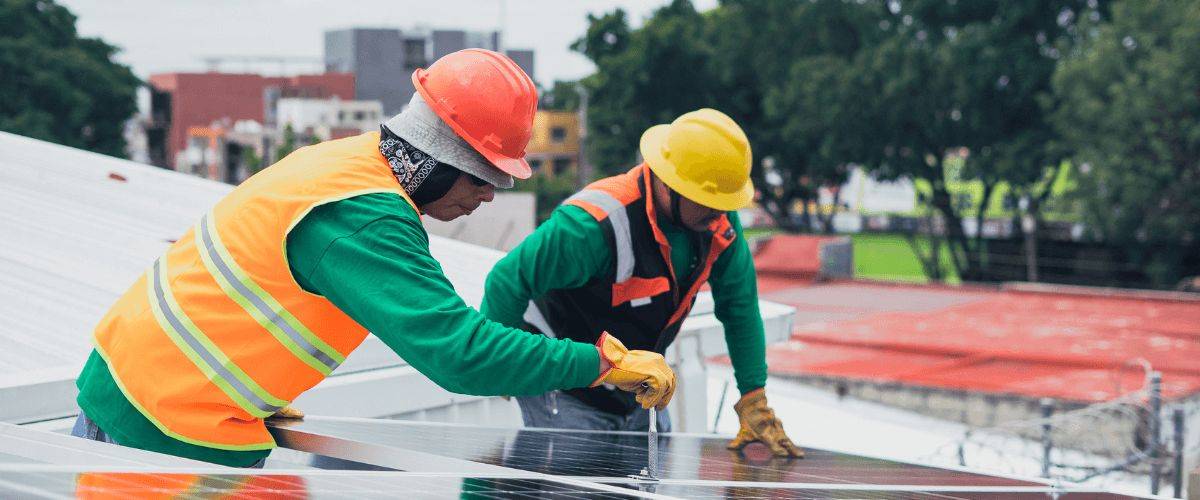
“You're investing in a system designed to last over 25 years, so choose a
company that will be there for you”
Our mission is to make the environment greener by concentrating our efforts in the area of renewable energy.
Global warming is prevented and greenhouse gas emissions are reduced thanks to solar energy

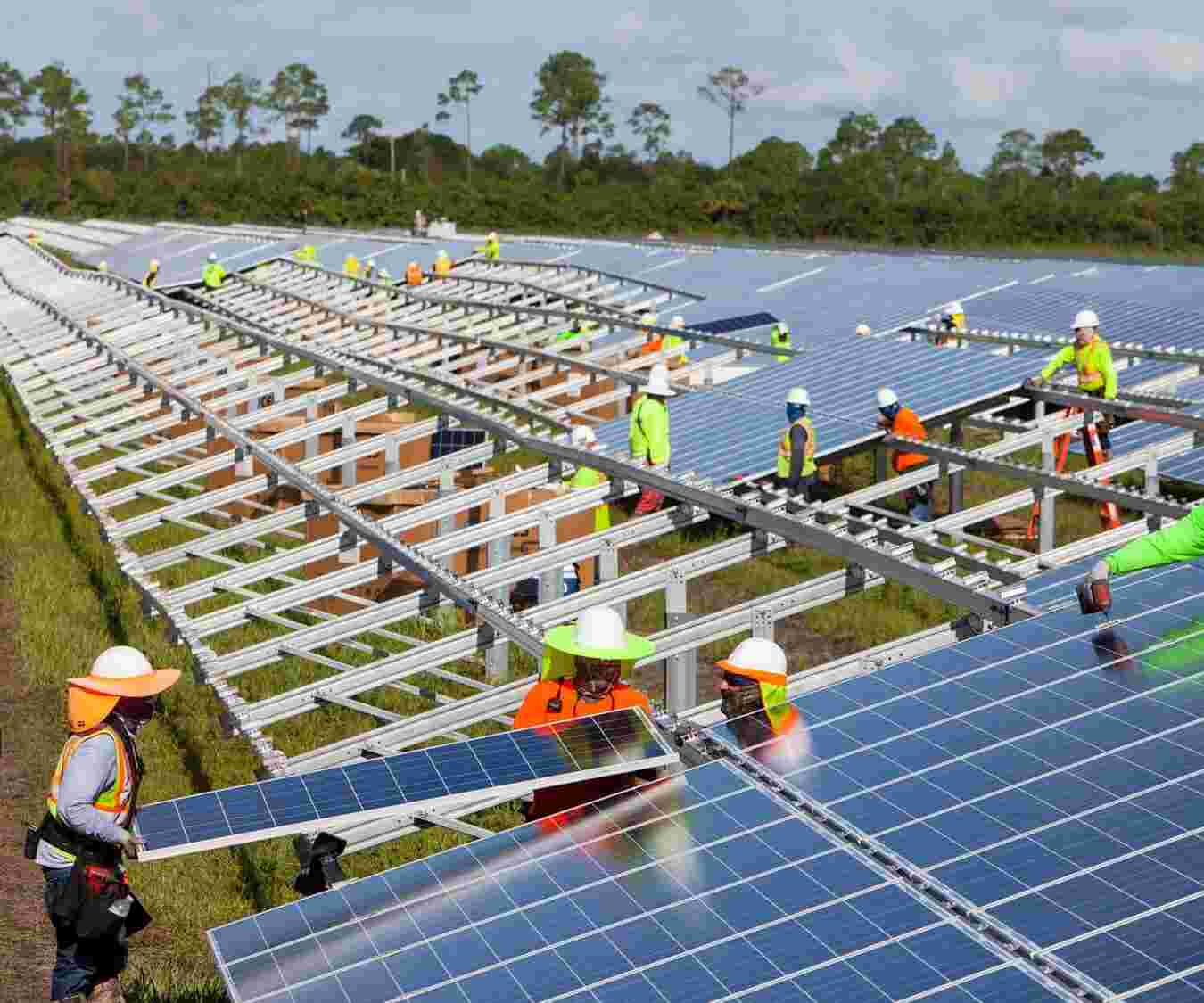
What is Solar Net-metering
Net Metering means, the solar energy Produces is more than what the building loads consume, the surplus energy will automatically be export to the TNEB distribution network) the grid. If there is loss solar energy then what the loads of the building require, the shortfall will be drawn from the grid (energy import).
For solar net-metering to be implemented the existing TNEB service connection meter needs to be replaced with a meter that can measure both energy import(from the grid to the consumer)and energy import(from the consumer to the grid). These meters are known as bi-directional meters or import – export energy meters.
Our Services
PV CELLS
-
High Module Conversion efficiency
Module efficiency up to 16.8% achieved through advanced cell technology and manufacturing capabilities
-
Positive tolerance
Positive tolerance upto 5W delivers higher output relaibility
-
Salt mist resistant
Salt mist corrosion resistant.Suitable for seaside environment
-
Ammonia Resistant
Ammonia resistant.Suitable for farm environment
-
Excellent weak light performance
Excellent performances under low light conditions
-
Extended wind and snow load tests
Certified to withstand extreme wind (3800 pascal) and snow loads (5400 pascal)
Why Solar
- Peak power deficits and rising power prices
- Strong regulatory support
- Solar positioned to win among alternatives
- Solar approaching parity
Book an appoitnment
+91 93844 41279
Scope of services
-
Design
Cost Estimation
Architectural Design
Feasibility Studies
Regulatory Permissions
Technology & Infrastructure -
Construction
Workforce Management
Civil Works
Equipment Supply
Iron Fabrications
Site Safety
-
Engineering & Procurement
Front-end Engineering
Safety Planning
Raw Material Purchase
Vendor Sourcing
Quality Controls -
Commissioning & O&M
Trial Runs
Certifications
Grid Connections
Safety Protocols
Preventive Maintenance
Large Commercial Projects
We undertake large scale grid connected solar power projects that are executed under Jawaharlal Nehru National solar mission (JNNSM) and various state policies with capacity ranging between1 MW to 25MW power generated from these projects will be FED into the National Grid.
- Utility scale solar power projects
- REC scheme solar power projects
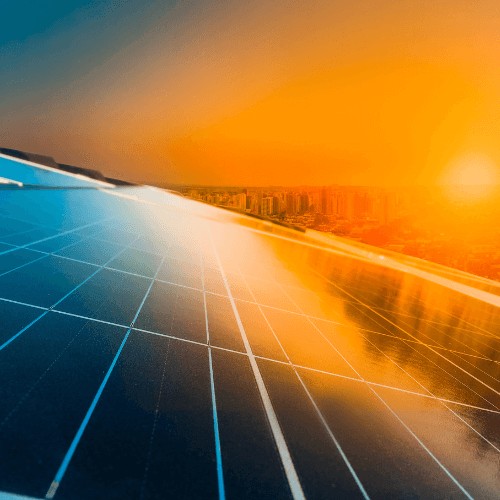
Our mission is to make the environment greener by concentrating our efforts in the area of renewable energy
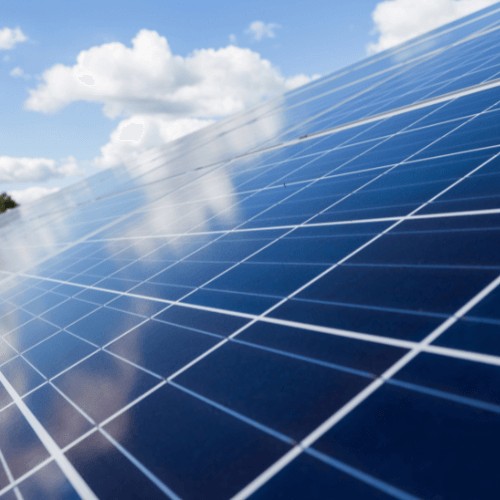
Global warming is prevented and greenhouse gas emissions are reduced thanks to solar energy
Captive plants for Industries/ Business Establishments
We implement reliable and cost saving captive solar systems for industries. Hospitals, Factories, Mills, Educational institutions and other large scale power users. These systems can be built utilizing rooftops, shade structures and available open space , we provide services for both grid- connected and off-grid captive plants.
Our capabilities include
• Technical
• Finance & Regulatory
• Project Management
• Information Technology
Solar Panel Direction
Solar panels need to face true south direction for maximum power generation. The reason behind it is that when sun moves from east direction to west direction, you get maximum exposure when your solar panel faces southwards. Inclination of solar panel will always be towards south direction. Hence for the optimum harnessing of sunlight, the solar PV panels should ideally in south direction
Solar Panel Tilt Angle
The angle at which the solar panels are fixed is according to your location’s latitude. In general, the angle of tilt will lie between 20 to 25 in north India and 9 to 12 degrees in south India. The angle decreases as the altitude of installation increases to nullify the impact of high speed winds on the solar panel installation
Solar Structures
Material and workmanship play an important role in the installation of a solar rooftop solution. A mounting structure is a critical component of a rooftop solar power system and ideally should be developed or approved by a structural engineer. The weight of the PV system and the mounting structure need to be designed according to the wind loads at the location in accordance with the wind-speed zone. However, ready made and modular mounting structures pre-certified for certain wind speeds are readily available in the market and may be incorporated into the solar panel design. Galvanized iron (GI) or aluminum are the most common materials used for mounting solar panels. In case of GI structures, the quality of galvanization is crucial for ensuring a rust-free life
Solar Installation
Lastly, but most importantly the installation of the solar power system needs to be done with precision in order to generate maximum electricity through the solar power plant. No two rooftops are the same therefore the process requires system design and careful supervision to ensure proper installation of the solar rooftop power plant. Solar panels must be grouted using fasteners or concrete foundation to ensure durability. Solar inverters and solar batteries must be installed as close to the solar panels as possible to minimize DC transmission losses. One needs to ensure that the maximum permissible voltage is not exceeded when connecting the solar panels in series. There should be a minimum gap of 4 mm between two solar panels to allow air crossing and for any expansion in materials. The solar panels being interconnected must be of the same type (mono or poly) and same power class.
Solar Panel Cleaning
India is a country where dust tends to accumulate very quickly on the solar panels hampering optimum generation. Solar Panels have to be cleaned at least once in every 60 days, would be even better if you can manage to do it in monthly
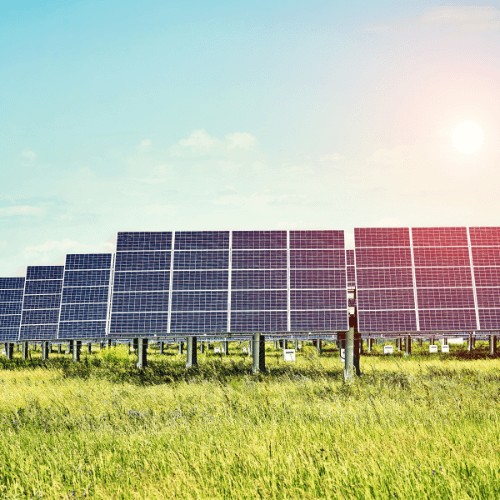
Get One Step Ahead
The Complete Solar Solutions Provider Company
Solar Energy, The Smart Way To Power Your Home
